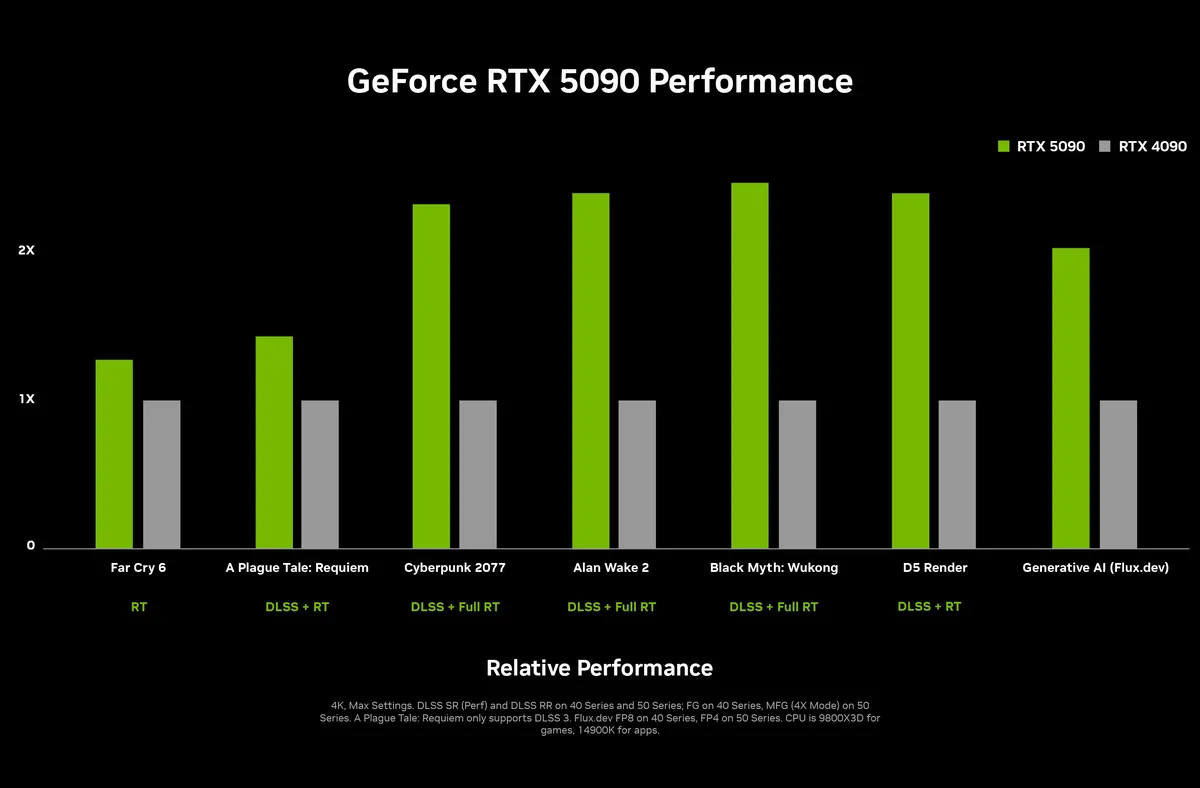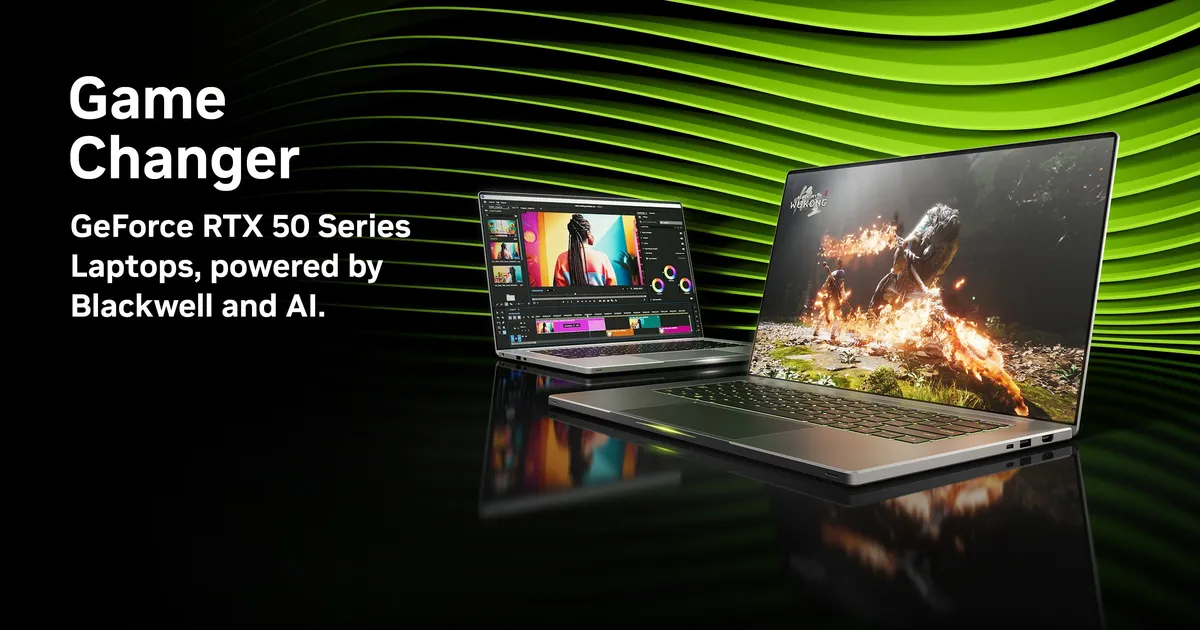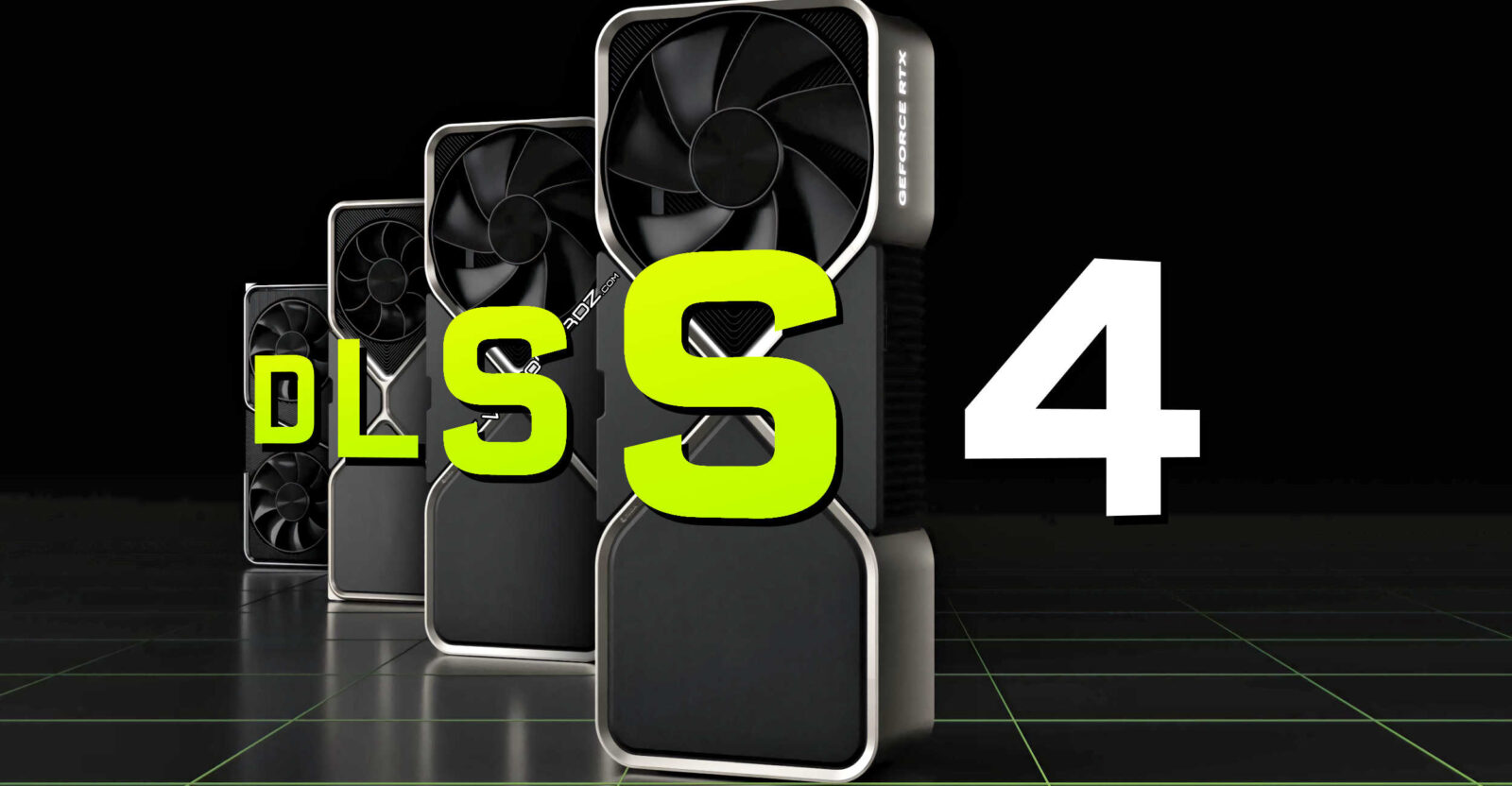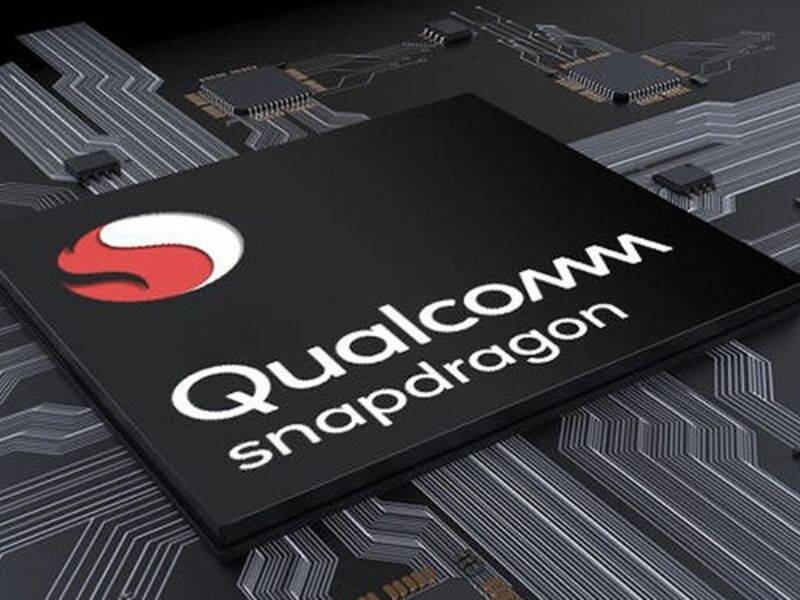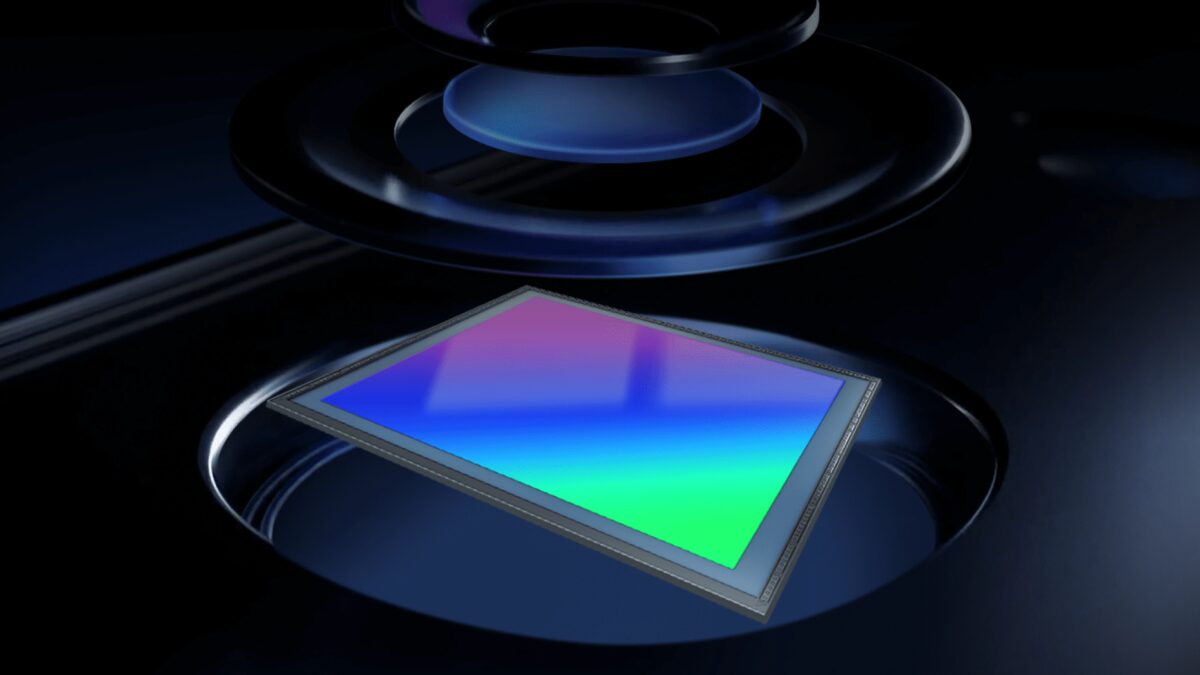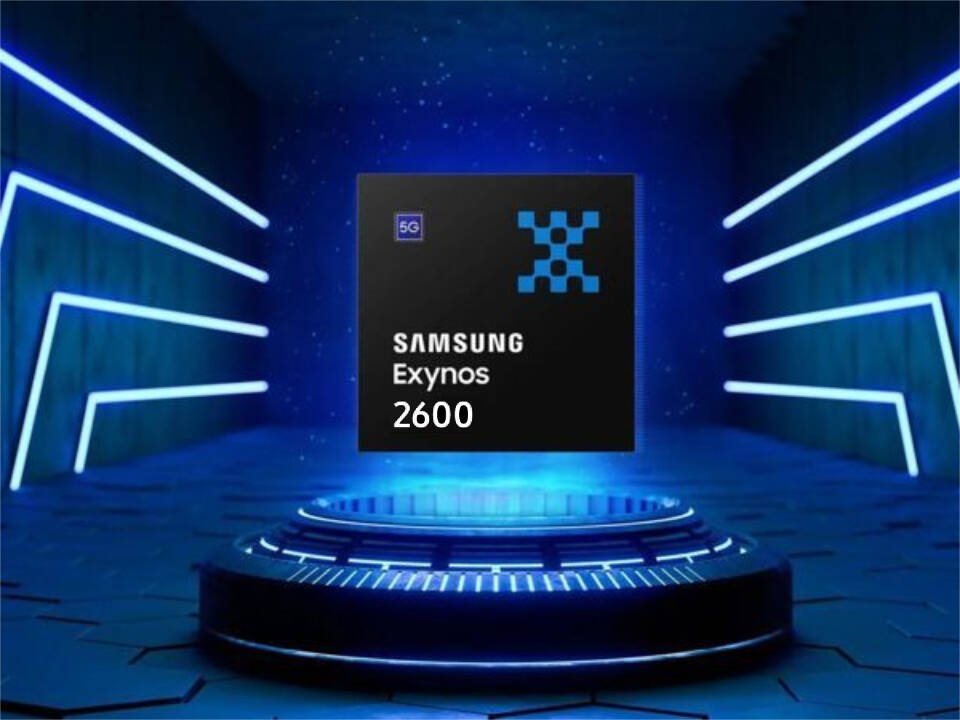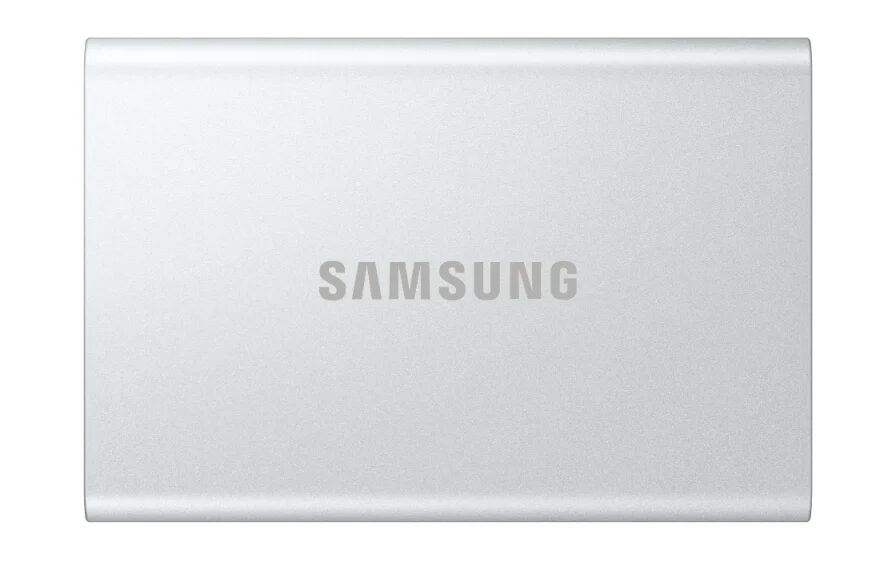CES 2025: Nvidia announced RTX 5090 and RTX 5080 graphics cards
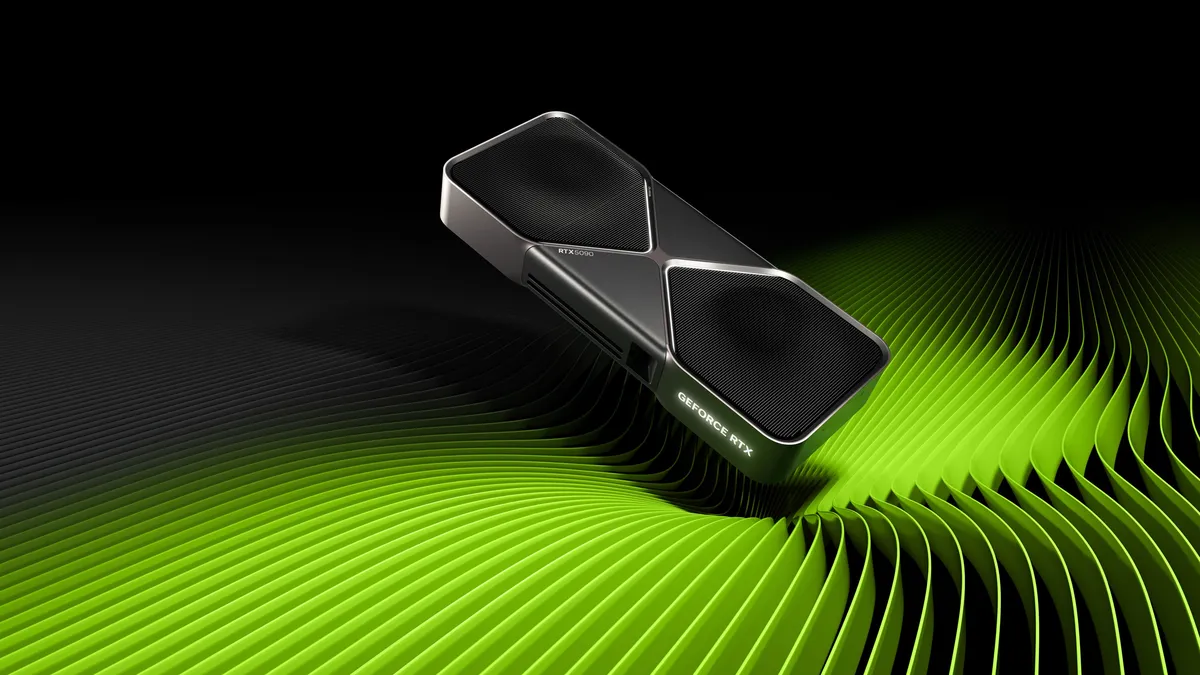
Nvidia today officially unveiled its new lineup of RTX 50-series graphics cards, which, based on the Blackwell architecture, promise significant performance gains. The announcement took place at the company’s keynote presentation at CES 2025, where Nvidia CEO Jensen Huang revealed four new models – the RTX 5090, RTX 5080, RTX 5070 Ti and RTX 5070. The new cards will go on sale in late January and February this year.
The new cards will be available in late January and February.
RTX 5090: A Revolution in Performance
The RTX 5090 is the flagship of the new lineup, which Nvidia claims will be twice as fast as its predecessor, the RTX 4090. This card features 32GB of GDDR7 memory and has a memory bandwidth of 1792GB/s and 21,760 CUDA cores. The card supports PCIe Gen 5 and DisplayPort 2.1b, allowing it to display images on displays up to 8K at up to 165Hz.
What makes the RTX 5090 stand out is its compact size. Despite its powerful performance, the card will fit into small form factor chassis, a significant difference from the bulkier RTX 4090. However, the performance of such a monster requires a lot of power – the RTX 5090 is rated at 575 watts and requires a 1,000-watt power supply. Nvidia claims that thanks to the new Blackwell architecture and improved DLSS 4 technology, this card will be more power-efficient than previous models.
Nvidia claims that this card will be more power-efficient than previous models.
A performance demo example: in a Cyberpunk 2077 game with full ray tracing enabled, the RTX 5090 with DLSS 4 delivered 238 frames per second, while the RTX 4090 with DLSS 3.5 managed 106fps.

